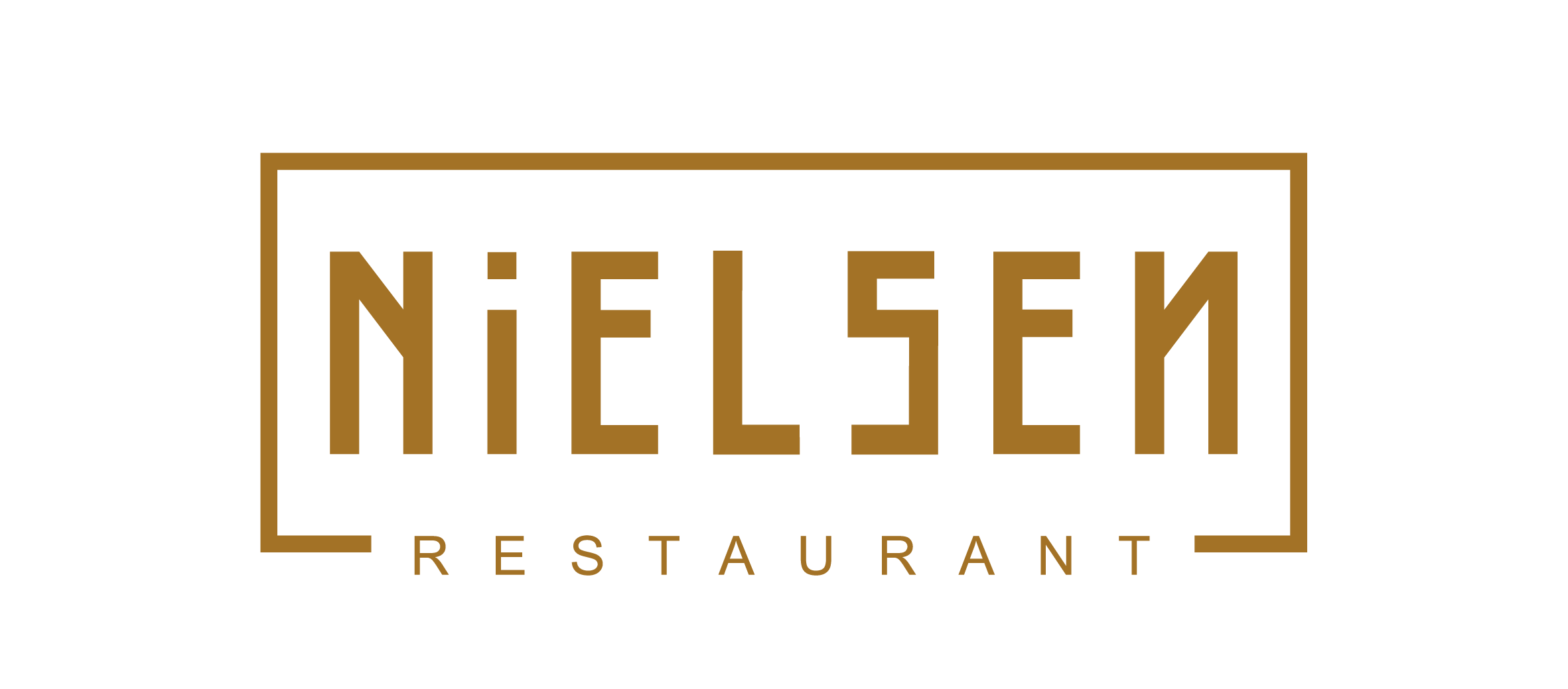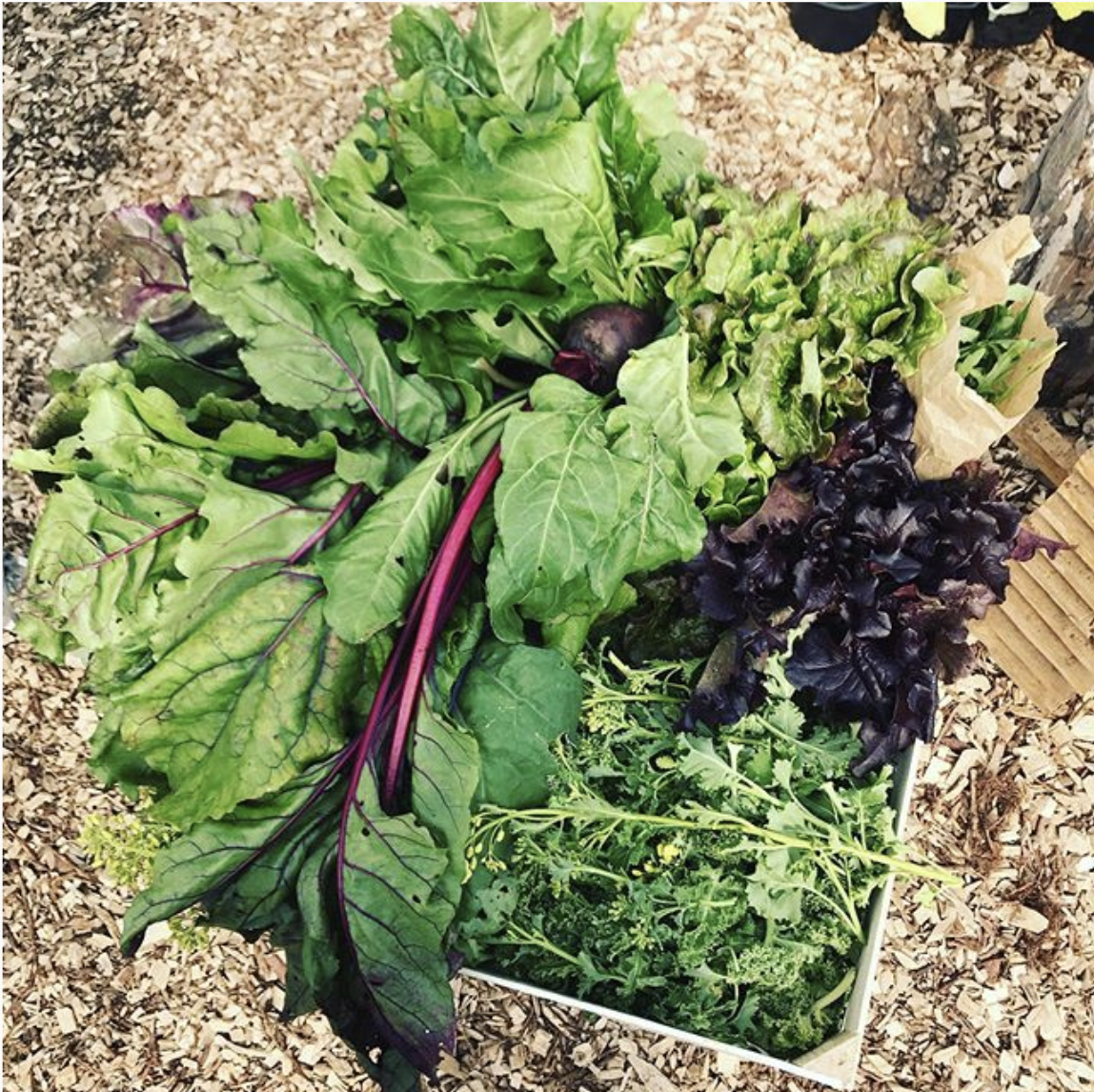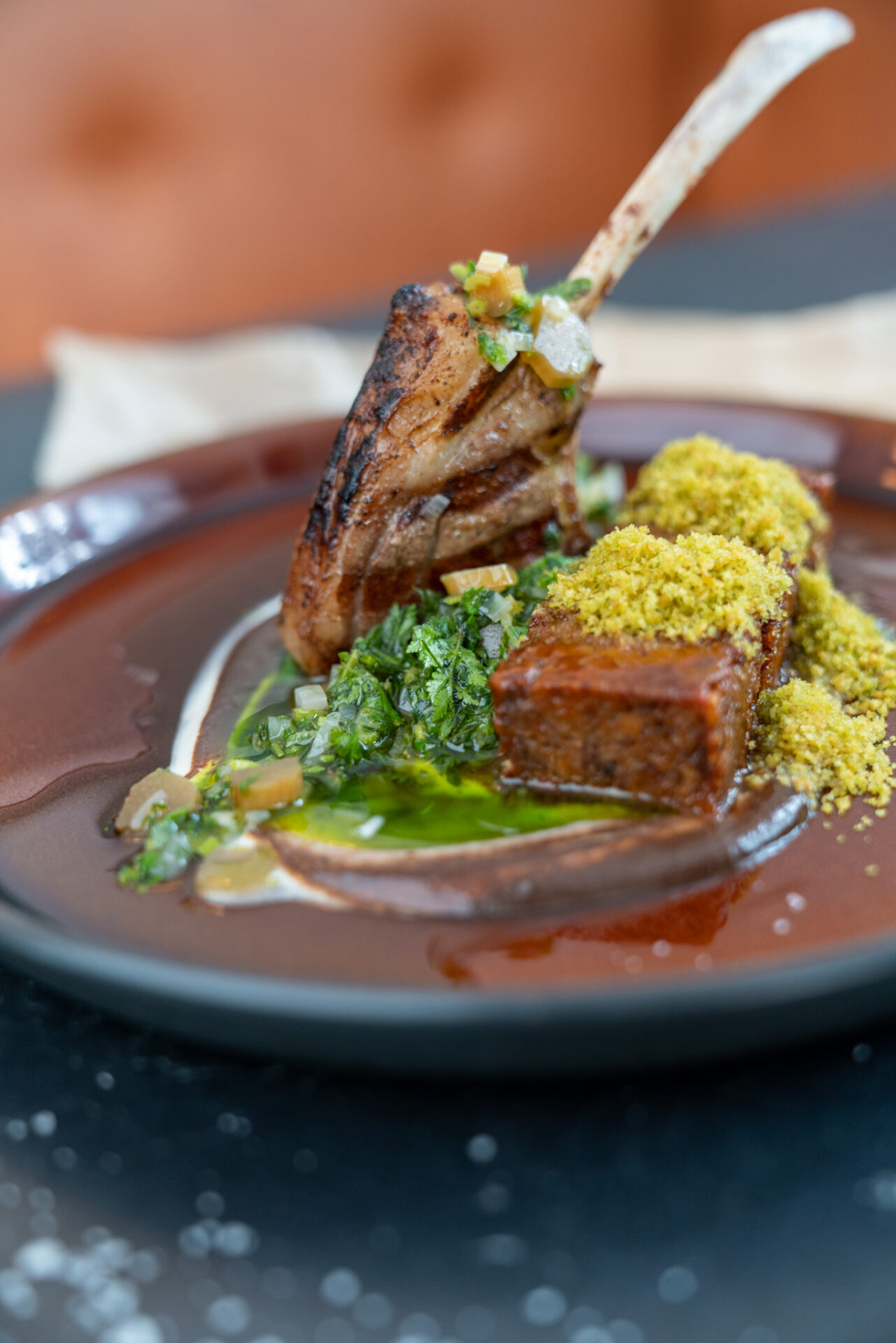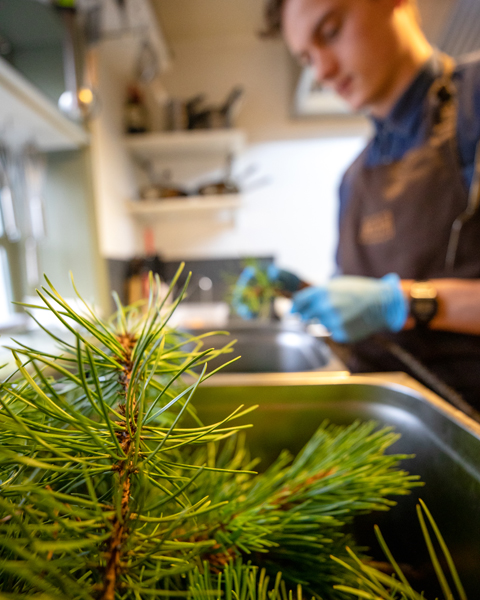The taste of East Iceland
Our ingredientsIngredients
Vegetables
We are so lucky to be situated only 17km from the organic vegetable farm Vallanes where we get a big portion of our greens, barley, kale, carrots, beetroots, arugula, fennel, nasturtium, chives and much more depending on the season and availability. From other farms surrounding Egilsstaðir, we get for example potatoes, strawberries and other greens.
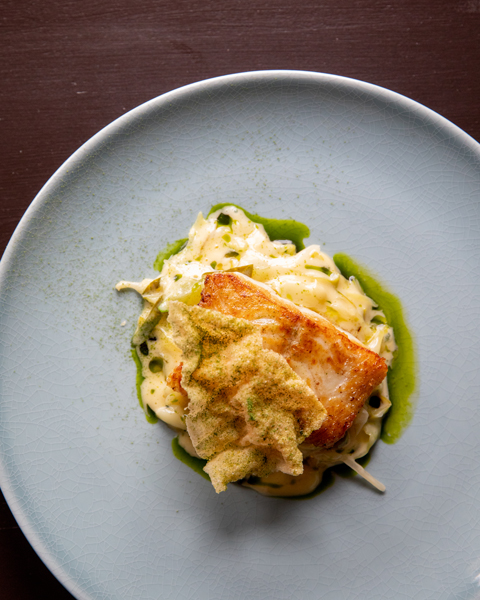
Ingredients
Fish
Surrounded by the Eastfjords access to the freshest fish available is as easy as can get, and the time from sea to table is often less than 24 hours! We are also very lucky to have Icelandic fresh wild salmon from the farmer at Kirkjubær/Ekra over the summertime, fished in a river only about 30km drive from Nielsen restaurant.
Ingredients
mEAT
The Icelandic lamb is probably the most popular meat among Icelanders, and they are so very proud of it. The sheep roam free in the highlands of Iceland from May-September, filling up on great wild herbs and grass that makes their meat both very lean and flavorful. Nielsen restaurant is no exception and of course there is at least one course on the menu at any given time with Icelandic lamb.
We have also been so lucky to have goat meat from a local farm called Skeggjastaðir (try saying that out loud!) only about 20km from Egilsstaðir but goats are not very common in Iceland. You can find chef Kári‘s homemade goat charcuterie on our gourmet platter!
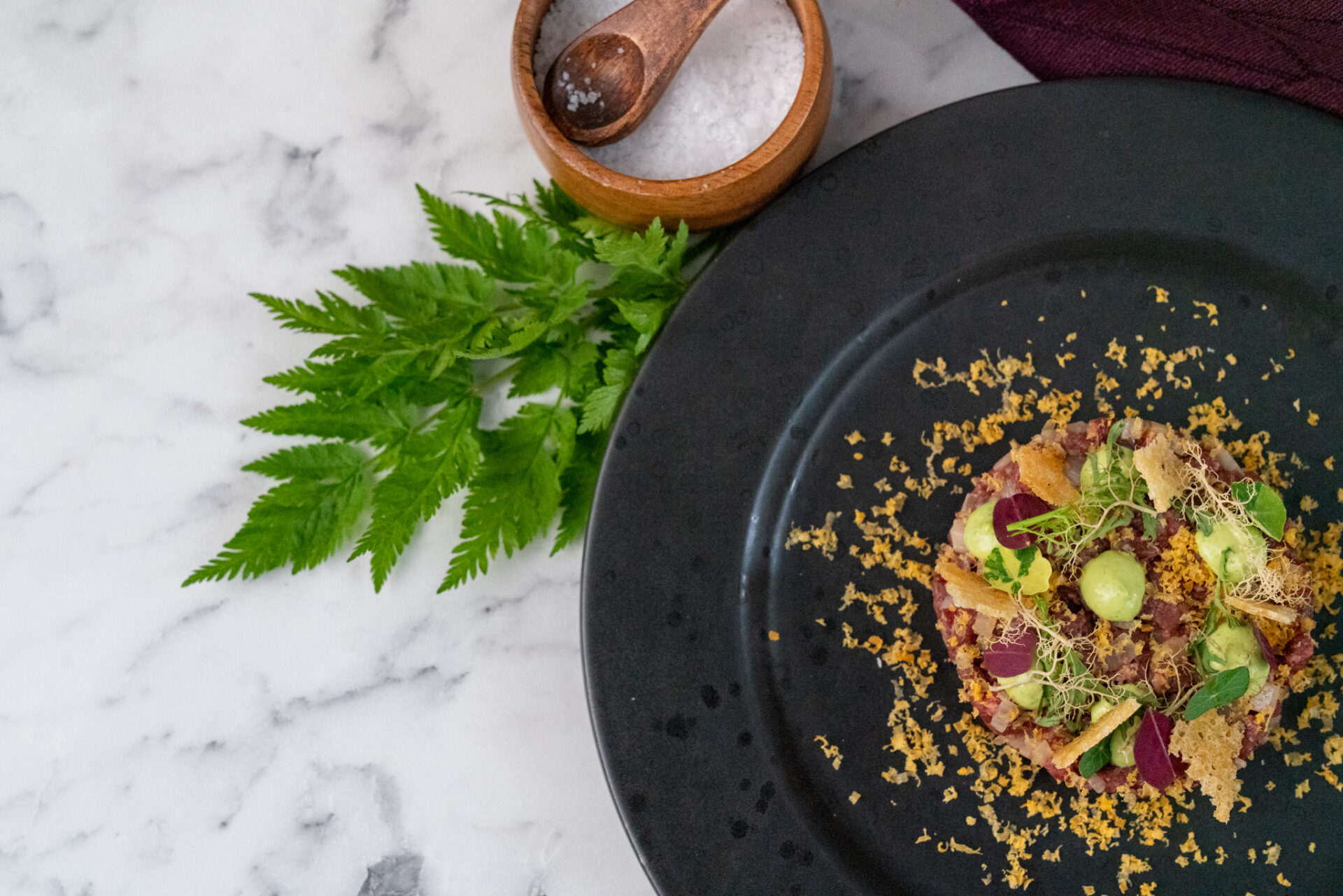
Ingredients
Wild game
Kári, the head chef of Nielsen restaurant is a very active huntsman and has provided the restaurant with a lot of game such as reindeer, duck and goose. Other hunters in the east have also chipped in with wild game.
Ingredients
Foraging
One of head chef Kári‘s passions in the kitchen is foraging and using what you can find in nature. Our chefs go foraging every time they can and therefor you will probably find some interesting ingredients on our menu that you won’t necessarily find on many other menus in Iceland, such as pine, angelica, rhubarb, birch, wild mushrooms, wild thyme, Iceland moss and more.
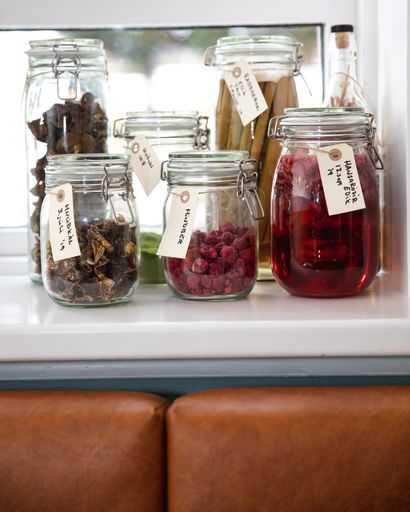
Ingredients
The Old Icelandic preserving methods
When working with Icelandic ingredients the short and relatively cool summer has great effect on the variety and availability of fresh locally grown produce. Now a days this is not a problem both because we have refrigerators and of course because we can buy imported goods. Back in the day this was a big challenge for all farmers and their housewives to make sure their harvest, fish and meat would last them all winter. What they used were various preserving methods such as drying, smoking, salting, pickling and fermenting, methods that made it possible to live through the long harsh winters in Iceland.
When we set out with the vision of our dinner menu (to use only local Icelandic produce) these methods made it possible for the chefs to offer for example Icelandic strawberries in February (that are usually only available June-August). On the menu you will find them dried, powdered and drizzled over ice cream. You can store them all winter and the flavor stays incredibly fresh! The chefs also dry meat, smoke potatoes, pickle rhubarb and angelica and experiment with these methods integrating the successful ones into our unique menu.

Contact
Opening Hours
Closed temporarily
Open over summertime (1.6-31.8)
